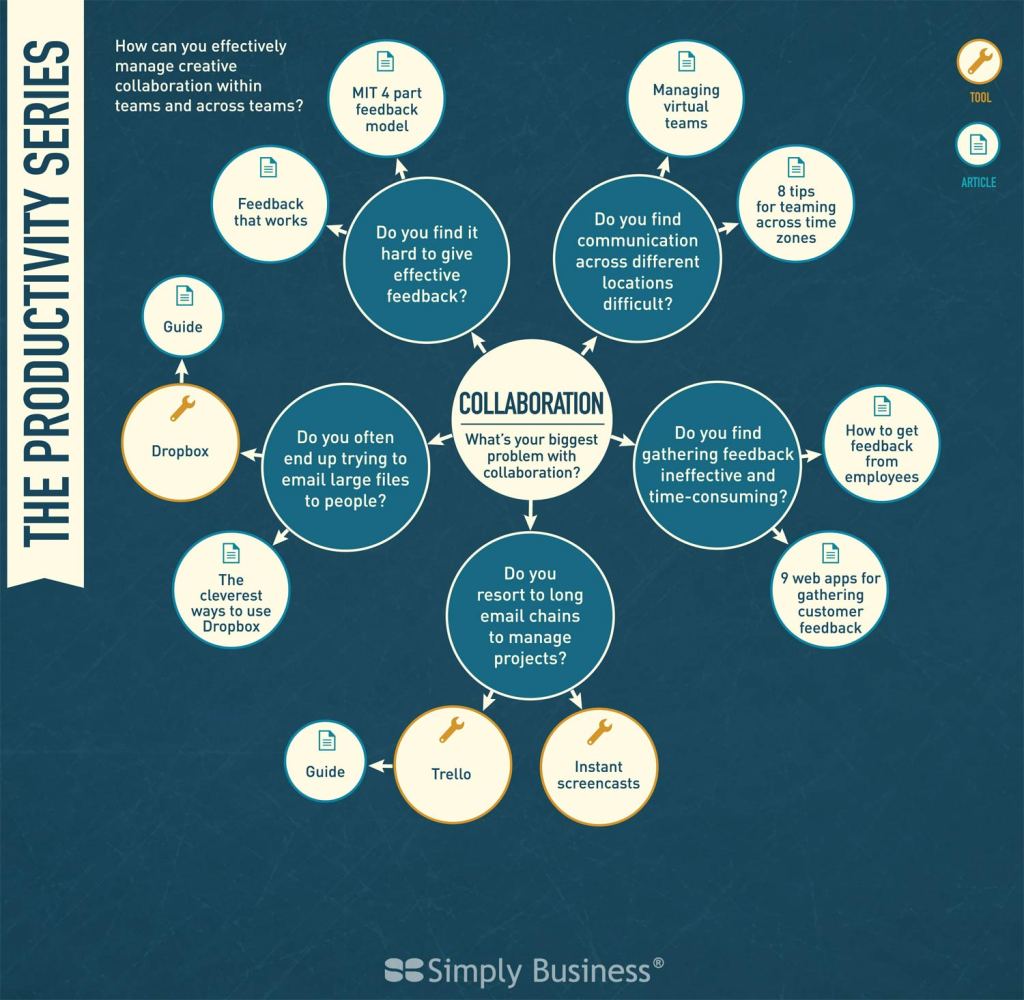Late last year I wrote about skills that are the mainstay of any collaboration practitioner; an entrepreneurial approach and a good grasp of strategy. Now I would like to expand and focus on another essential factor; the importance of resilience.
Resilience has become a somewhat trendy concept, a bit like many other well-known terms such as love, happiness, culture etc. All open to endless interpretation. However, unlike love, resilience has found its way onto the agenda of many governments, business and communities. In part this is due to a growing body of research that demonstrates a clear link between the resilience of people and their ability to be part of a productive entity. As Hara Estroff Marano, (Editor-at-Large of Psychology Today) once remarked: ‘Resilience may be an art, the ultimate art of living!’ According to CIPD (a professional body for HR and people development with over130 000 members internationally) resilience can be viewed as “successful adaptation to tasks in the face of disadvantage or highly adverse conditions”.
This version essentially sums up what most people would understand as generally true. 
So, why does resilience matter in the practice of collaboration? In my experience, it has to do with the very nature of collaboration; that is, its high potential for disruptive processes and its demand for a disciplined approach to the execution of any project. Producing results via collaboration is a bit like endurance sports. One has to be in it for the long haul. But that’s not to say that collaboration is not suited to ‘short and sweet’ projects. On the contrary, it’s not about the length of a particular project but rather about the tenacity in building a collaboration culture as a unique feature of an organisational brand or operating system. This means that organisations cannot have an ‘on/off’ switch to suit. Once committed, organisations have to grasp the fact that collaboration only truly yields benefits when it becomes a systematic method of operating on a day-to-day basis. This naturally requires energy and resilience to be able to deal with the inevitable disappointments that come with creating anything of serious value. Collaboration is an emotional roller coaster ride where it is normal to experience anxiety associated with negotiations, excitement at the start of project, fears of project failure and many other emotions. The actual skills each party brings need to be underpinned with the skills often associated with resilient performers. In fact, as a recent study in the UK revealed, the overwhelming majority of HR executives believe that resilience will “determine their likelihood of being hired in five years’ time”. In that same timeframe, I believe collaboration skills will also be part of the core competencies expected of each member of an enterprise.
The link between collaboration and resilience is firmly established however the full benefit of this combination of skills will depend on the vision, drive and determination of business leaders, as much as on the entrepreneurial spirit of each individual expecting to be part of future workforces. The delicate balance between current practice and the pressure required to work in current environments under current conditions, together with the pressure to comprehend rapid changes in the ever changing nature of work is a complex task. Collaborative practice is evolving and is increasingly becoming a central feature of technological design (think about the plethora of technological solutions already on offer as tools for a more productive workforce). The ability to adapt, and more importantly adapt and grow, while maintaining a sense of composure is underway. Enterprises that have invested heavily in infrastructure designed in times when collaboration was perhaps only a fleeting thought, are now challenged in many ways, including competition for resilient employees across all disciplines and industries.
Sign up (see menu on the left) and join the ROADMENDER conversation
Categories: Uncategorized

